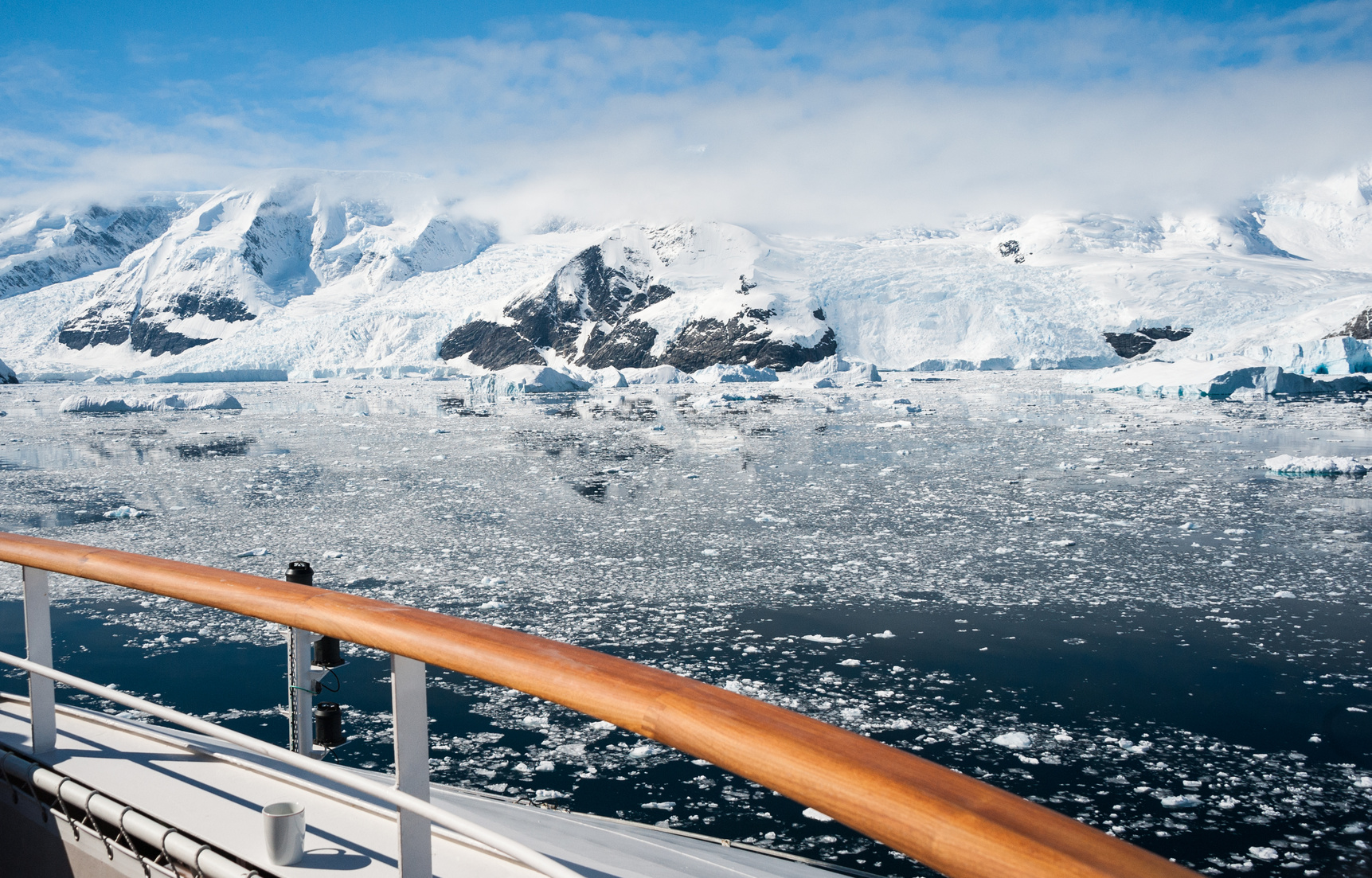Why are non-native species a threat to ecosystems? Many so-called 'alien species' are invasive by nature, which means the competition or predation they bring along has the potential to displace or cause lasting harm to other organisms, or even significantly change the inherent ecosystem. Rats and mice are among the well-known global culprits in this regard, and some individuals have made it as far as the Antarctic although they have not yet gained a foothold there. But danger also lurks in much smaller creatures.
The UBA took this potential risk as the starting point to commission a research project entitled "The Impact of Human Activities on Soil Organisms of the Maritime Antarctic and the Introduction of Non-Native Species in the Antarctic" to the Museum of Natural History Görlitz.
The objective of the study was firstly to study the impact of human activities on Antarctic soil organisms, and secondly, to investigate the potential introduction of species which are non-native to the Antarctic.
Soil organisms, plants and soil organisms such as roundworms (Nematoda), waterbears (Tardigrada), springtails (Collembola) and mites (Actinedida, Oribatida and Gamasina) from a total of 13 regions which are both exposed and unexposed to humans were collected and compared in the austral summers of 2009/2010 and 2010/2011.
Eight species of Collembola and Actinedida, mainly on Deception Island and on Neko Harbour, were identified as potentially non-native. The study proved a significant impact of human activities on soil fauna. Human activities often caused reductions in total number of individuals, and the impact was at its strongest at average vegetational cover. The reaction of individual species varied, which is indicative of changes in group structures and therefore in the ecological function of the soil fauna. The study found no evidence of an introduction of non-native plant species.
Concrete recommendations can be derived from the study results for the improved protection of Antarctic ecosystems from human impact. These include stepping up preventative measures against the introduction of non-native soil organisms and enlarging visitor off-limits areas to include special microhabitats like melt water leads and areas with sparse vegetation. It is necessary to limit the areas which tourists may access and to establish an international, long-term soil-biological monitoring programme.
The above recommendations were detailed in a German working paper submitted at the Antarctic Treaty Consultative Meeting (ATCM) in May 2013. The paper calls upon the signatory states to intensify their preventative measures and implement them more consistently. The paper also proposes that its recommendations be discussed at international level.


